How to take advantage of localization in Japan
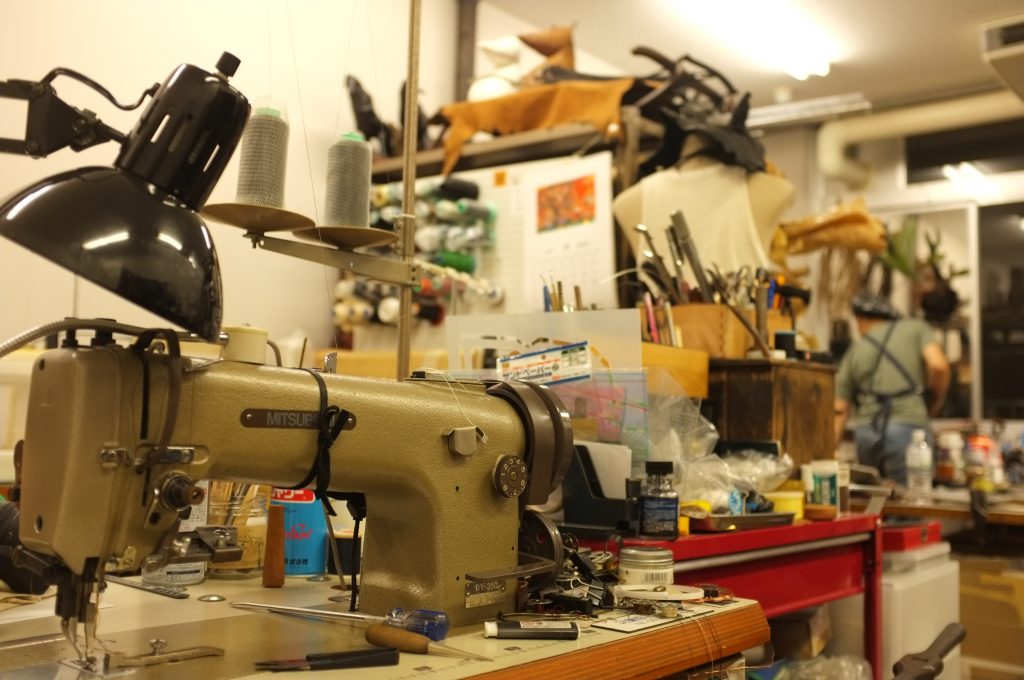
Localization is happening in Japan: An opportunity for a new supply chain development
[space size=”10px”]
We are seeing a trend of localization in manufacturing in many countries: both in developed and emerging countries. It’s happening in Japan as well. As this localization is occurring in the highly globalized world, there are chances for foreign companies and enterprises to develop a new supply chain in Japan: a global alliance for business in the Japanese market. The small factories in Tokyo can be a part of it.
Manufacturing is coming back to Japan
Huawei’s Move
As Hegel rightfully described, history may move in a spiral. Regardless of our intention to move linearly, we keep coming back to the same place but to a different level.
In Japan, since the globalization started to make its stride in 80’s, we’ve seen many manufacturing shifted abroad to countries such as China and Southeast Asian countries. Millions of workers left the industries and thousands of factories were shut down.
However, we are observing a reverse move in recent Japanese manufacturing. It is coming back to Japan.
The latest event is China’s Huawei Technologies’ move to build its first factory in Japan. As labor costs in China rise, the production costs in Japan has become lower, in relative terms.
Huawei building first Japanese plant in overseas offensive/Nikkei Asian Review
Lowering costs by shifting manufacturing to Japan
This is a move we haven’t seen in Japan for a long time. In fact, this is the first case to build a large-scale plant in Japan by a Chinese manufacturer. Manufacturing in Japan has been considered as a high-cost operation. Other than keeping R&D and highly integrated products at home, many Japanese companies took manufacturing abroad seeking for lower labor costs.
I’ll share you another interesting case. At Costco, yes, there’s a Costco in Tokyo, they sell their famous toilet paper, Kirkland Signature. The price used to be 2,458 yen per a package with 30 roles, made in the U.S.A. But now they’re selling at 1,698 yen, a 31% discount, by shifting production to Japan!
What we see now is a return to localization: manufacturing things at the place we sell. Instead of manufacturing abroad and importing back, we are seeing more opportunities in local production.
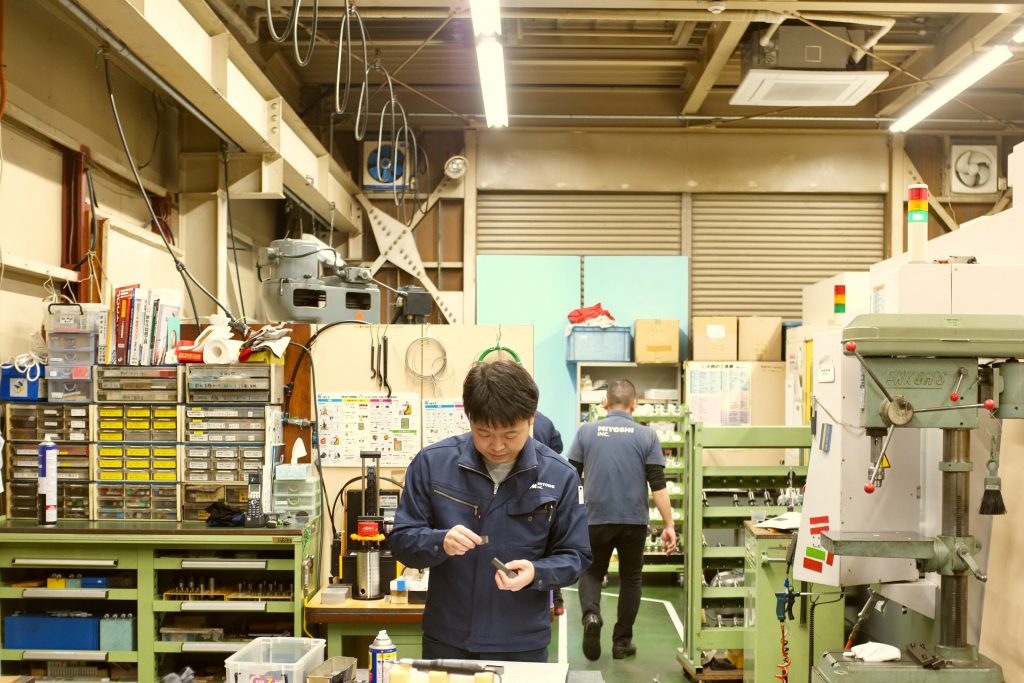
[space size=”10px”]
Global Localization
Types of Localization
This trend of localization is not happening only in Japan. It’s a global trend.
Localization is happening in developed countries due to rising labor costs in China. The cost benefit has diminished significantly in recent years. Localization is also a result of increased speed of product lifecycle. Many companies are now finding it necessary to bring both R&D and manufacturing near to the market to cope with fast and unpredictable demand.
Almost 70 percent of manufacturing and distribution companies serving in North America and Western Europe said that they were considering moving production closer to their homes, according to a 2016 survey by the consulting firm AlixPartners LLP.
It is also happening in emerging and developing countries due to a rising demand in the domestic market. Thanks to increased income and lifestyle changes, consumer demand is growing sharply. We see vast growth in domestic manufacturing in countries such India, Bangladesh, and Southeast Asian countries.
Challenges of Localization
However, localization has its own challenges. In the U.S.A., they are facing tough challenges in finding skilled workers such as process engineers, experienced line operators, and experienced frontline supervisors, at home.
According to Manufacturing Institute, the U.S. manufacturers need to hire 3.5 million workers by 2025 due to overall economic expansion and retiring baby boomers. It is estimated that at least 2 million jobs will be unfilled.
On the other hand, localization in emerging and developing countries faces issues such as insufficient infrastructure, shortage of skilled engineers, and lack of reliable supply chain.
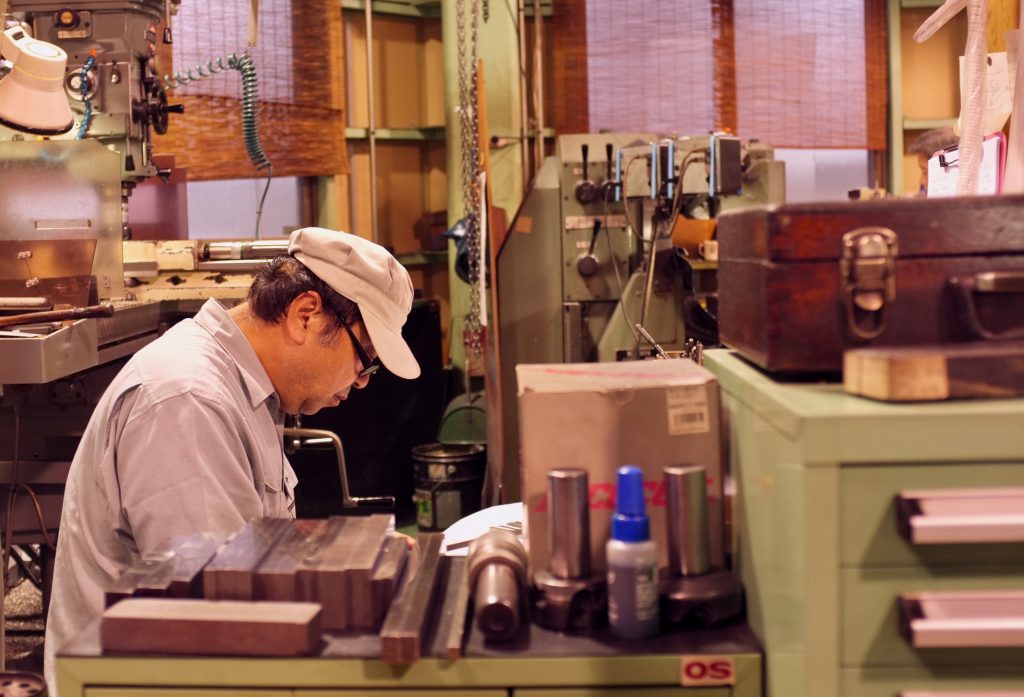
[space size=”10px”]
A call for new global alliance for the Japanese market
Opportunities to build a new supply chain in Japan
So what does this mean to us, especially for micro-multinationals? The answer is enormous new opportunities for global alliances. The world will see more small and medium enterprises (“SMEs”) working together globally to fill in the gaps created by the localization.
For instance, if you see increasing demand for your product(s) in Japan, say some sports gear or training machines, you may find it strategically better to manufacture it in Japan. You may save costs and expenses and increase profits by switching your production to Japan.
The price of imported goods in Japan is usually three or four times higher than original wholesale price. This is to cover the costs related to transportation, customs fees, tariffs, financial expenses and margins for middlemen in between. It also requires months of shipping, which increases the inventory and the delays the sales in a timely manner.
This practice had been the mainstream because it was still cheaper to produce things in China. They were able to lower the cost of manufacturing with large volume and low labor costs.
Also, it was quite difficult to sell products in Japan without going through a trading company. Manufacturing in Japan and developing own distribution channels were costly and unpredictable. It was easier and risk-free paying the premium.
Factories in Tokyo for your manufacturing partner
However, if the volume of the production is small and requires special treatment, manufacturing in Japan may be feasible. We are already seeing such cases happening. A foreign manufacturer for the semiconductor industry is utilizing our member factory for producing parts for their clients in Japan. It could be either industrial products or consumer products.
Also, thanks to Amazon and various other means for marketing and sales in Japan, it’s becoming much easier to directly communicate with the Japanese market. And if you smartly structure your supply chain in Japan with factories capable of producing your products, you have a chance to sell your products at a lower price with more profits, just like others are starting to do so.
Not only in Japan, the small and medium factories in Tokyo can work for your country’s localization as well. They can fill in the gaps in specialty and resources necessary in your country. I foresee more international business collaboration happening in this area.
For example, a local company or an entrepreneur seeking to manufacture medical equipment in Bangladesh may establish a well-structured alliance directly with small and medium factories in Tokyo. If it works well, the speed of decision making can be faster than working with large companies and cost can be reduced by avoiding unnecessary middlemen.
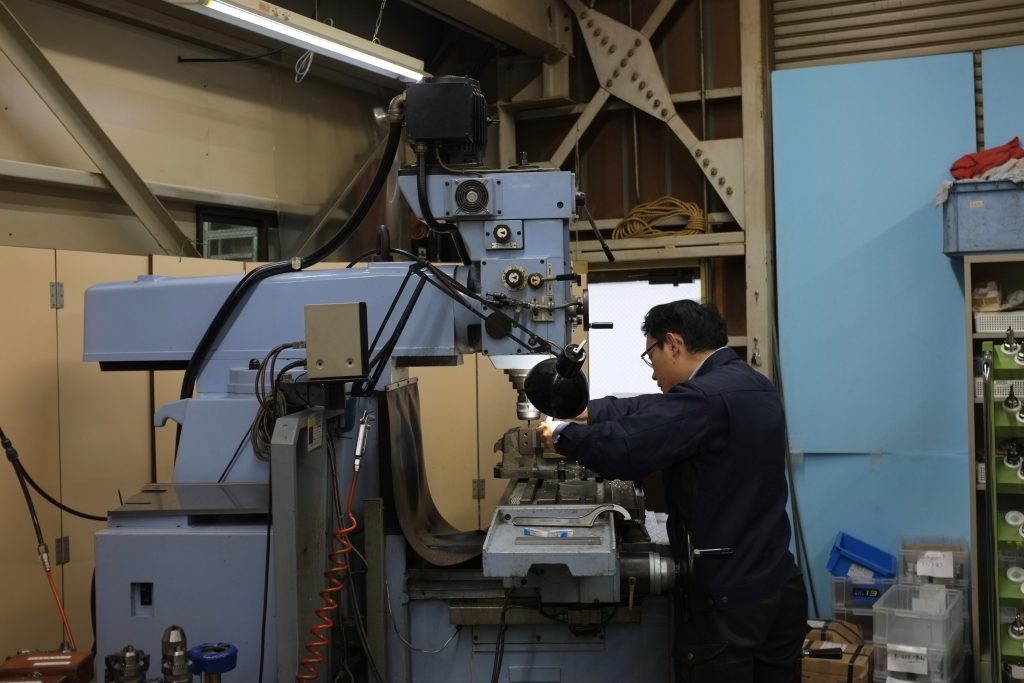
[space size=”10px”]
What Tokyo Fabhub can offer
It’s a network of more than 100 factories in Tokyo
We have more than 100 factories as a partner of Tokyo Fabhub seeking to work with foreign enterprises, and the number is growing. Currently, we are focusing on metal processing businesses, but we are planning to expand into other fields such as injection molding, rubber processing, electronics, printing and etc.
Here are the potential scenarios for companies and entrepreneurs who may find benefit working with us.
Potential scenario to work together
Scenario1: You are already exporting products to Japan
Whether you are manufacturing in your country or outsourcing to other countries, if you are currently exporting your products to Japan, you may want to consider manufacturing it in Tokyo.
There are many benefits to do so. You can save costs and expenses related to export. And you’ll have “Made in Japan” brand, which is quite a brand itself in the Japanese market. Also, having a manufacturing partner in proximity may add more value to your product. When your client has any issues with adjustment or maintenance, it is easier to respond to Tokyo.
Depending on the how far you want to manage, you can select factories in various level of production. There are factories for assembling, parts processing, welding, grinding, finishing and etc. There are also manufacturing integrators who can work from design to turnkey production for your convenient.
Scenario 2: You are newly seeking to enter Japanese market
You can start your new business in Japan in a lean way by working with us. Our factories are capable of working on small volumes. You can start small and grow as you test the market.
We will provide you the convenience of working as a network of selective factories, with a wide range of specialties. We will help you to choose a right partner. This will save your time from filtering a vast number of factories.
Scenario 3: You want to open R&D center in Japan
Small factories in Tokyo have a long history working with Japanese large corporations. They have been the ones producing prototypes, filling the gaps in techniques and know-how to make a design to become reality.
Additive technologies, such as a 3D printer, give you a lot of options for manufacturing prototypes. But having a reliable partner working with you will give you an advantage: faster response to the clients and valuable suggestions on designs and features. There are some factories specialized in prototyping as well.
5 reasons for manufacturing prototypes in Tokyo
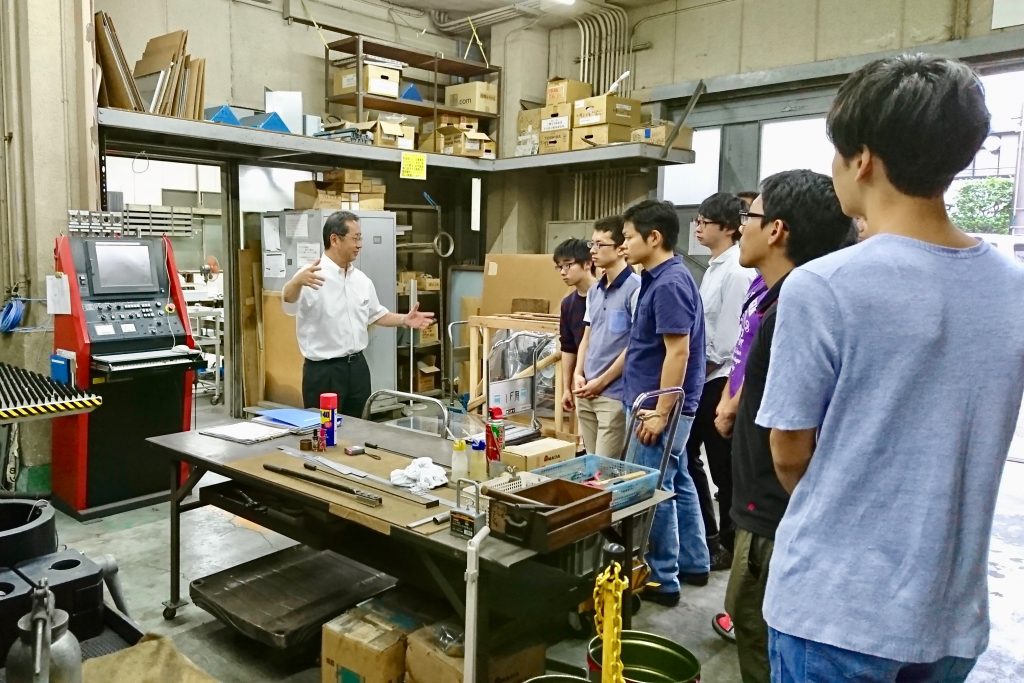
[space size=”10px”]
Limitations working with small factories
Language barriers
There are some limitations you should be aware of when you work with small factories in Tokyo.
Unlike China, the factories in Japan have been mainly working for Japanese companies. They don’t have much experience in doing business for companies abroad. Therefore, you may need to take one step at a time and not rush. They are intelligent and professional. They know their business very well. It’s just that they need to get used to it.
The largest limitation is language. Managers of Japanese factories are not fluent in speaking, hearing and writing English (reading capability is better). This is where Tokyo Fabhub can come in and work together. We aid communication in the initial phases to build a relationship between the parties.
Once we go through some iteration of projects, both parties will understand the knacks to communicate each other. At the end of the day, it comes down to how the specifications are clearly stated, how the terms and conditions are agreed, and mutual trust is built.
Size is small
The factories we choose are financially stable. But they are relatively small in size. So they are not capable of taking large risks: such as large volume productions requiring large (even medium) investment in new tools and equipment.
Also, their capability to provide finance for payment is limited. Their financial capacity is limited and they don’t have resources and means to evaluate foreign companies adequately. Therefore, we need to be creative to find ways to work out in finance, especially in initial phases.
[space size=”10px”]
Conclusion
Limitation is a seed of creativity
The limitation can be seen as a block to move forward. But for pioneers looking for new opportunities, the limitation is the seed of creativity. This is where great opportunities are hidden.
But that doesn’t mean you should be careless. There should be a clear line between adventurous and reckless. Think through the strategy and take necessary steps before you jump in.
First of all, come to Japan. You should visit the factories and meet with the managers and staffs. Inquire information on their knowledge and experience in each field, their track records, tools and equipment, financial performance, and etc. Conduct due diligence to make sure you have the right partner before you sign any agreement.
Look for a long relationship
Look for a long relationship. One thing Japanese value most in business is a long relationship. A customer with a good long relationship is called “Otokuisama” in Japanese. If you become one of the “Otokuisama”, the factory will treat you well and prioritize your business.
Don’t try to gain things in a short term. Take small steps at a time and build a relationship. Then they will be your strong and loyal partner for business in Japan.
[space size=”10px”]
Tokyo Fabhub is an initiative to fill the gap in communication as well as information between factories in Tokyo and engineers, researchers, and entrepreneurs in the world.

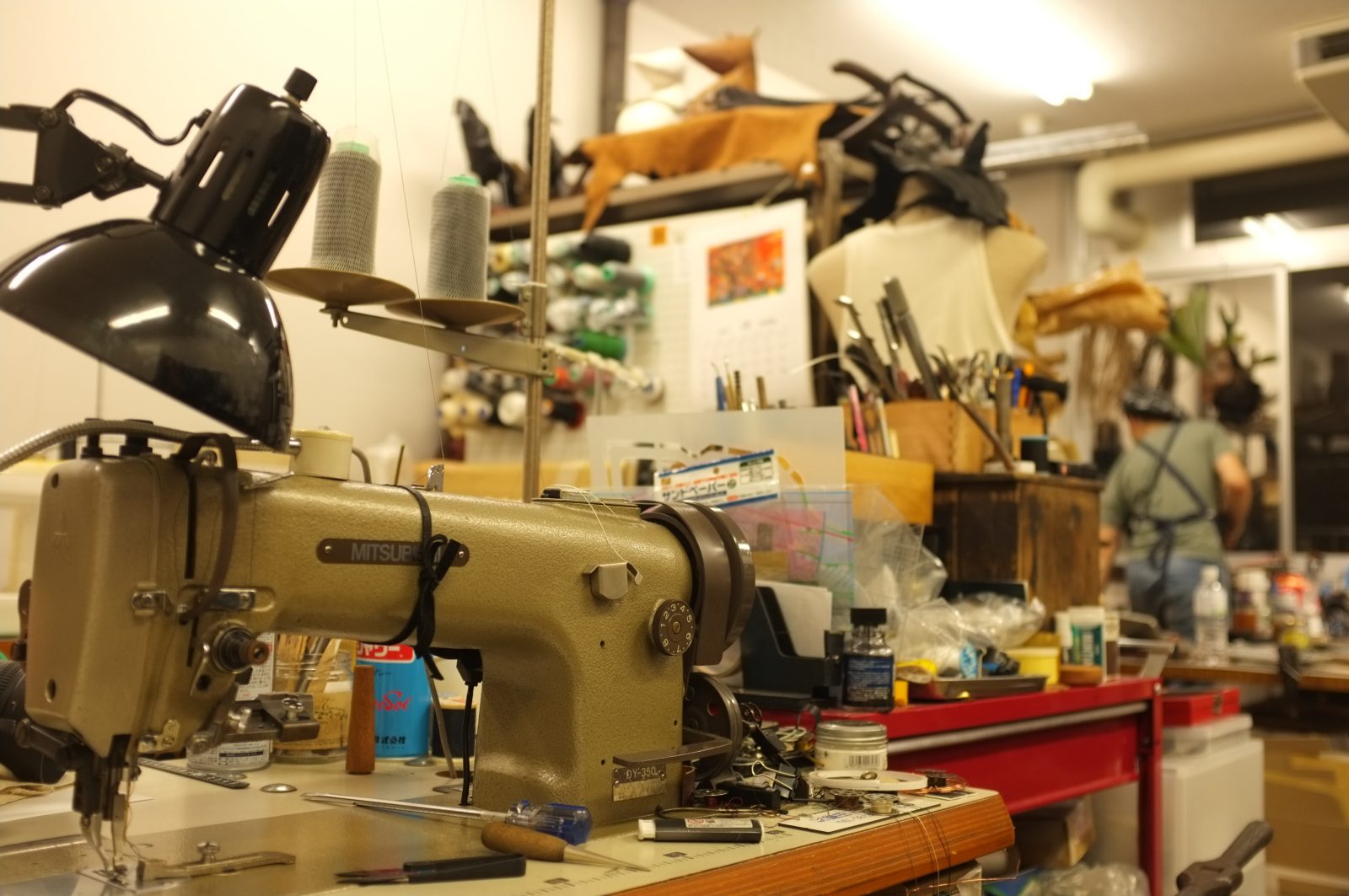
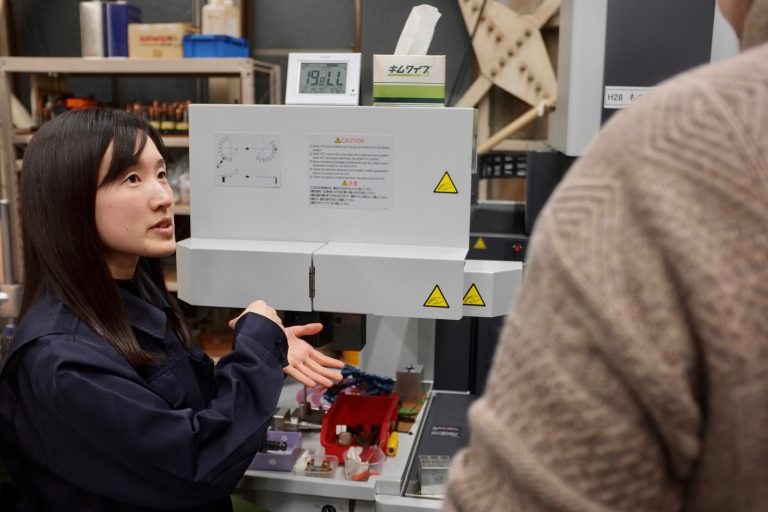
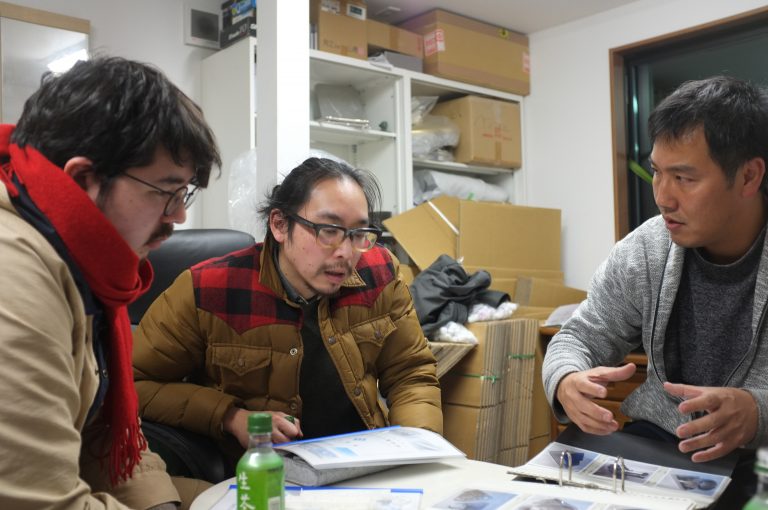

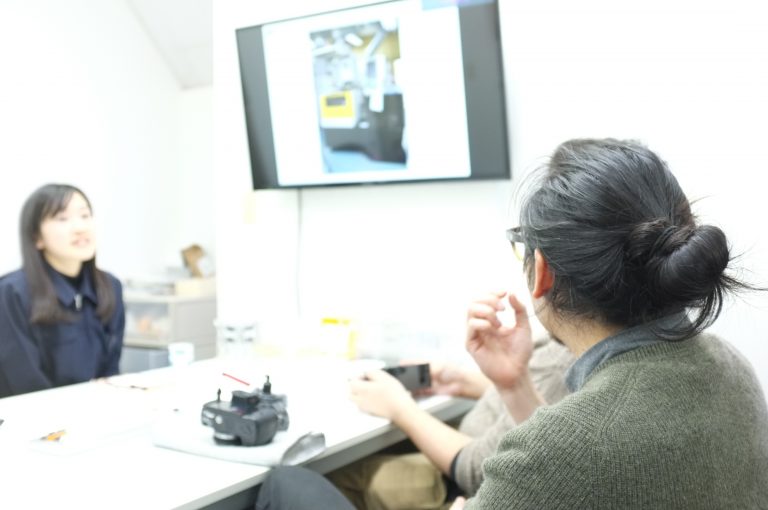


Wonderful post but I was wondering if you could write a litte more on this topic?
I’d be very thankful if you could elaborate a little bit
further. Many thanks!
Thank you very much! You are the very first person to comment on my blog. I’ll continue. What area would you like to know more?
Hi,
I am a start up clothing designer base in New York and I am interested in visiting leather factories in Tokyo. It’s there a Manufacturing Integrator I can work with? What are the costs also?
I will be visiting to Tokyo from a March 17th to 21st.
Looking forward to hear from you.
Great article.
Thanks,
Glenn
Hi, Glenn,
Thank you for contacting us. I guess I need to know more about what your plan is and your requirements. I will send you a separate private email to discuss.
Taku Furukawa